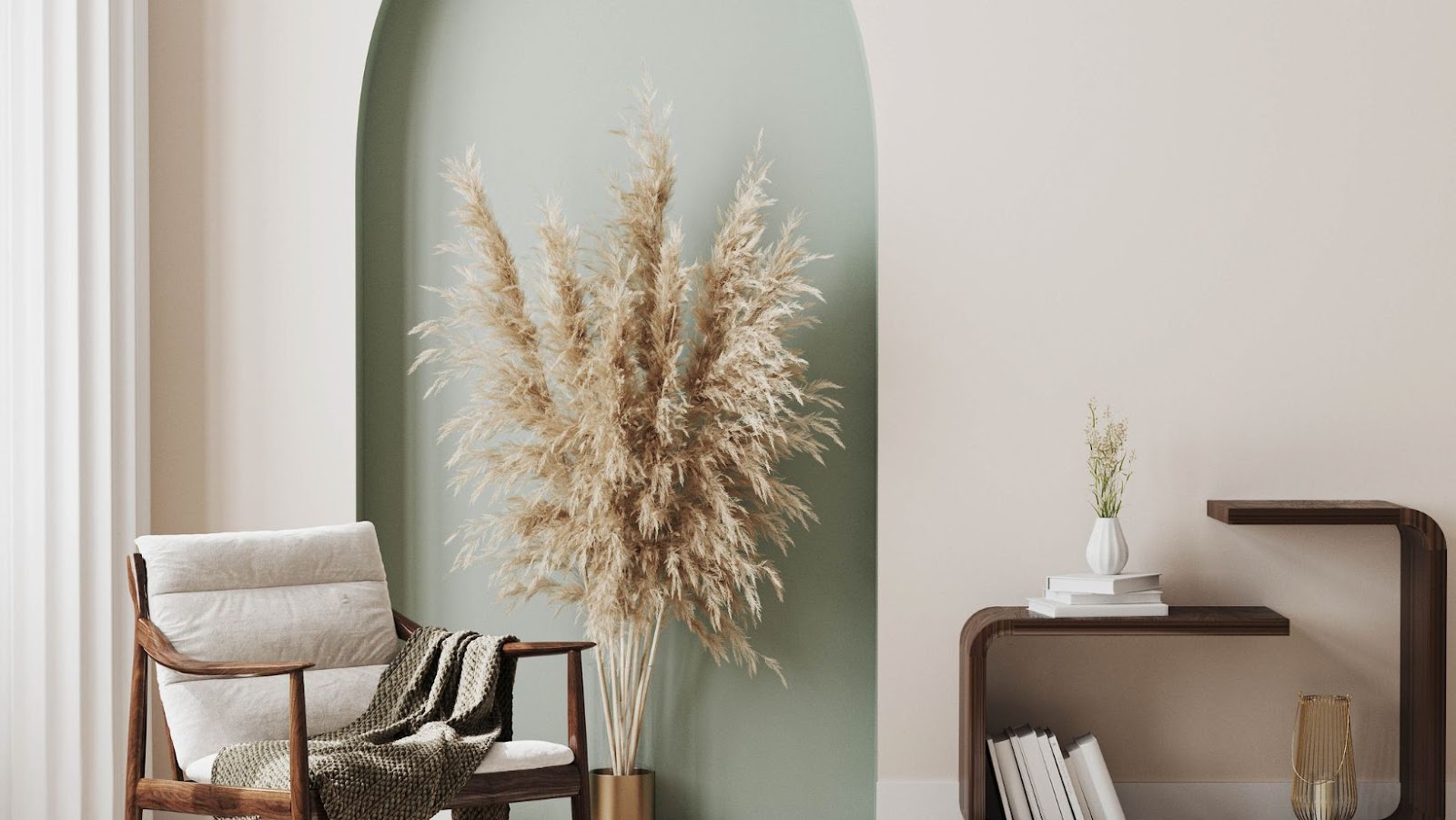Japanese Interior Design
Japanese interior design, renowned for its minimalist charm, integrates traditional elements with modern aesthetics to create serene, uncluttered spaces that promote tranquility and simplicity. As more people seek to transform their living environments into havens of calm and beauty, understanding the core principles of Japanese design becomes essential. This section delves into the elements, color palettes, furniture choices, and practical tips for incorporating Japanese interior design into one’s home.
Elements of Japanese Interior Design
Japanese interior design is distinguished by several key elements that contribute to its unique aesthetics and philosophy:
- Natural materials: Utilizing wood, bamboo, paper, and stones, these elements bring a sense of the outdoors inside, fostering a connection with nature.
- Simplicity and minimalism: Spaces are defined by clean lines and a lack of clutter, emphasizing the beauty of each component without unnecessary decoration.
- Balance and harmony: Every aspect of the design is carefully considered to create a harmonious environment that balances visual weight and color.
- Natural light: Ample use of natural light is crucial, with designs often featuring large windows or translucent shoji screens to illuminate interiors softly.
Color Palette in Japanese Interior Design
The color palette in Japanese interior design is inspired by the natural world, favoring muted, earthy tones that evoke a sense of peace and calm. Key colors include:
- Whites and creams, symbolizing purity and cleanliness
- Grays and blacks, providing depth and sophistication
- Wood tones, from light beech to dark walnut, enhancing the connection to nature
- Accents of greens, blues, or reds, drawn from the natural landscape
Incorporating these colors into a space helps to achieve the signature serene atmosphere of Japanese design.
Furniture in Japanese Interior Design
Furniture in Japanese interior design is characterized by its functionality, simplicity, and low profile:
- Tatami mats: These straw mats serve as the traditional flooring in Japanese homes, defining the modular layout of rooms.
- Low tables and seating: Furniture is often close to the ground, encouraging a more grounded, relaxed living style.
- Built-in storage: To maintain uncluttered spaces, many homes feature built-in shelves or storage solutions hidden within walls or under floors.
- Minimalist aesthetic: Furniture pieces are selected for both their function and form, with an emphasis on simple, sleek designs without ornate details.
Japanese Minimalism in Interior Design
Japanese interior design is renowned for its minimalist approach, focusing on creating spaces that embody tranquility and simplicity. This section dives into the characteristics of Japanese minimalism, shedding light on how these elements contribute to serene and uncluttered interiors.
Characteristics of Japanese Minimalism
Simplicity and functionality are at the core of Japanese minimalist design. The philosophy behind this approach is deeply rooted in the traditional Japanese way of life, which values the beauty found in simplicity and the careful selection of items that bring joy and utility, rather than accumulating possessions for the sake of it.
- Simplicity: Every piece of furniture and decor is chosen with care, ensuring it serves a purpose while contributing to the overall aesthetic of the room.
- Functionality: Items are designed to be as functional as they are beautiful, exemplifying the minimalist notion that less is more.
Natural materials play a pivotal role in creating the warm, earthy feel that is synonymous with Japanese design. By incorporating materials such as wood, bamboo, paper, and stone, interiors feel more connected to nature, fostering a sense of calm and well-being.
- Wood and Bamboo: These materials are often used in flooring, furniture, and as structural elements, providing a natural warmth to the space.
- Paper: Traditionally used in shoji screens, paper allows for diffused natural light, enhancing the airy and spacious feel of the room.
The neutral color palette is another defining feature, where soft, muted colors are preferred over bold and bright ones. Whites, beiges, greys, and earth tones dominate, creating a backdrop that induces calm and introspection.
- Whites and Beiges: Serve as a canvas, allowing the natural beauty and textures of materials to stand out.
- Greys and Earth Tones: Add depth and complexity, grounding the design with their subtle richness.
